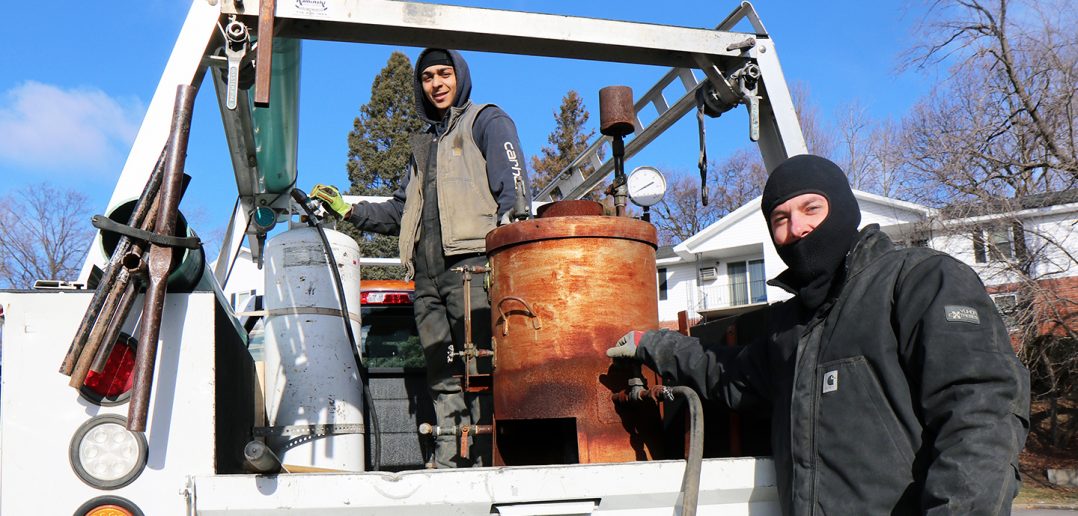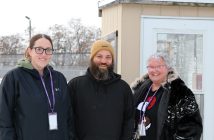Editor’s note: Winter is upon us and with it, the potential for snow and life-threatening cold. Cold temperatures and wind can combine to steal body heat, which can lead to conditions such as hypothermia and frostbite.
Many of our union members work outdoors and face severe winter weather; other members are also affected by extreme temperatures.
On these pages are accounts from CSEA occupational safety and health activists, as well as members across the state, on how they work to stay as safe as possible as they face the challenges of cold and severe temperatures.
Snow and cold weather can lead to many potential hazards that can affect every CSEA member regardless of where they work, including hypothermia, dehydration, overexertion and slips, trips and falls.
“If you see a potentially hazardous situation, not just with cold weather but with anything, take appropriate action,” said Tom Skabry, chair of our union’s Standing Safety and Health Committee. “Make sure anyone nearby is safe and aware, then report it to your employer through the proper channels and follow up by notifying your union representative.”
Employers have a responsibility to mitigate any hazards that could be present in the workplace. Risk assessment can be performed, not just by employers but by employees.
During the winter months, CSEA members may find themselves outdoors performing duties they aren’t normally accustomed to such as snow removal. This can lead to hypothermia, dehydration, back and joint injuries or even heart attacks.
“Employees may not show up dressed properly for outdoor work if they don’t perform it routinely,” said Skabry. “It’s important to dress in layers, properly hydrate and take more frequent breaks for those who aren’t accustomed to that sort of labor.”
Employers are required to provide to workers adequate training, including best practices in snow removal and salting walkways. Working in teams can also help protect CSEA members.
Should weather conditions make traveling unsafe or leads to road closure, employees may become trapped at their workplaces, leading to extended shifts and possible understaffing if other workers are unable to travel.
In those cases, it is the employer’s responsibility to ensure adequate accommodations for employees who cannot leave.
Other potential winter hazards are slips, trips and falls. Ice and snow on improperly maintained parking lots and pathways can lead to injuries to elbows, hips, knees and even the head, all of which can be very serious. The moment an employee enters a workplace, even just the parking lot, any slip, trip or fall becomes a workers’ compensation case.
Winter also can bring a higher number of motor vehicle accidents, affecting any CSEA members who are required to drive while on the clock. Members can help stay as safe as possible by assessing the weather and leaving extra time for travel.
“Risk assessment is everyone’s responsibility. Mitigating any hazards is the employer’s responsibility,” said Skabry. “It’s our greatest responsibility as CSEA members to look out for each other.”
— Mathew L. Cantore





